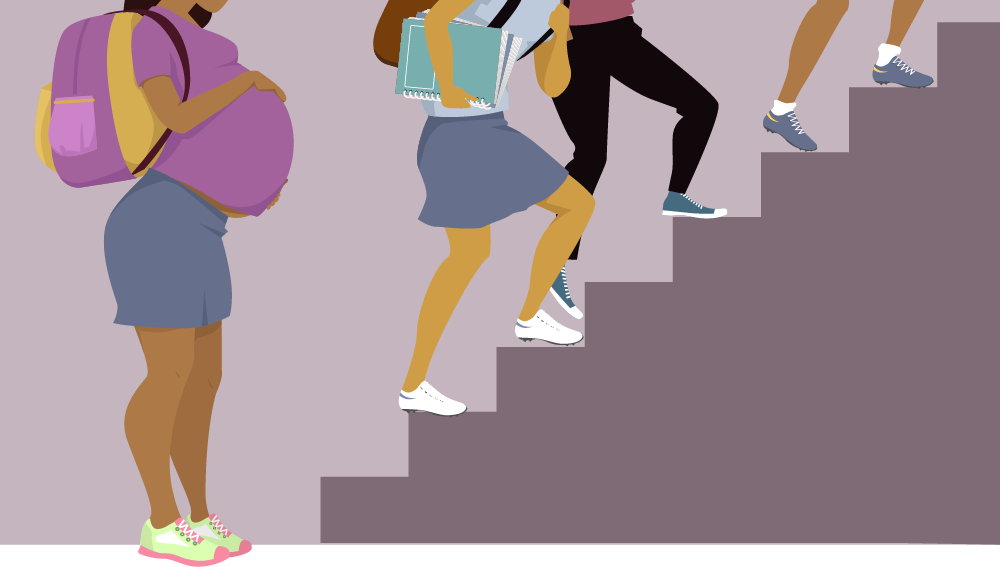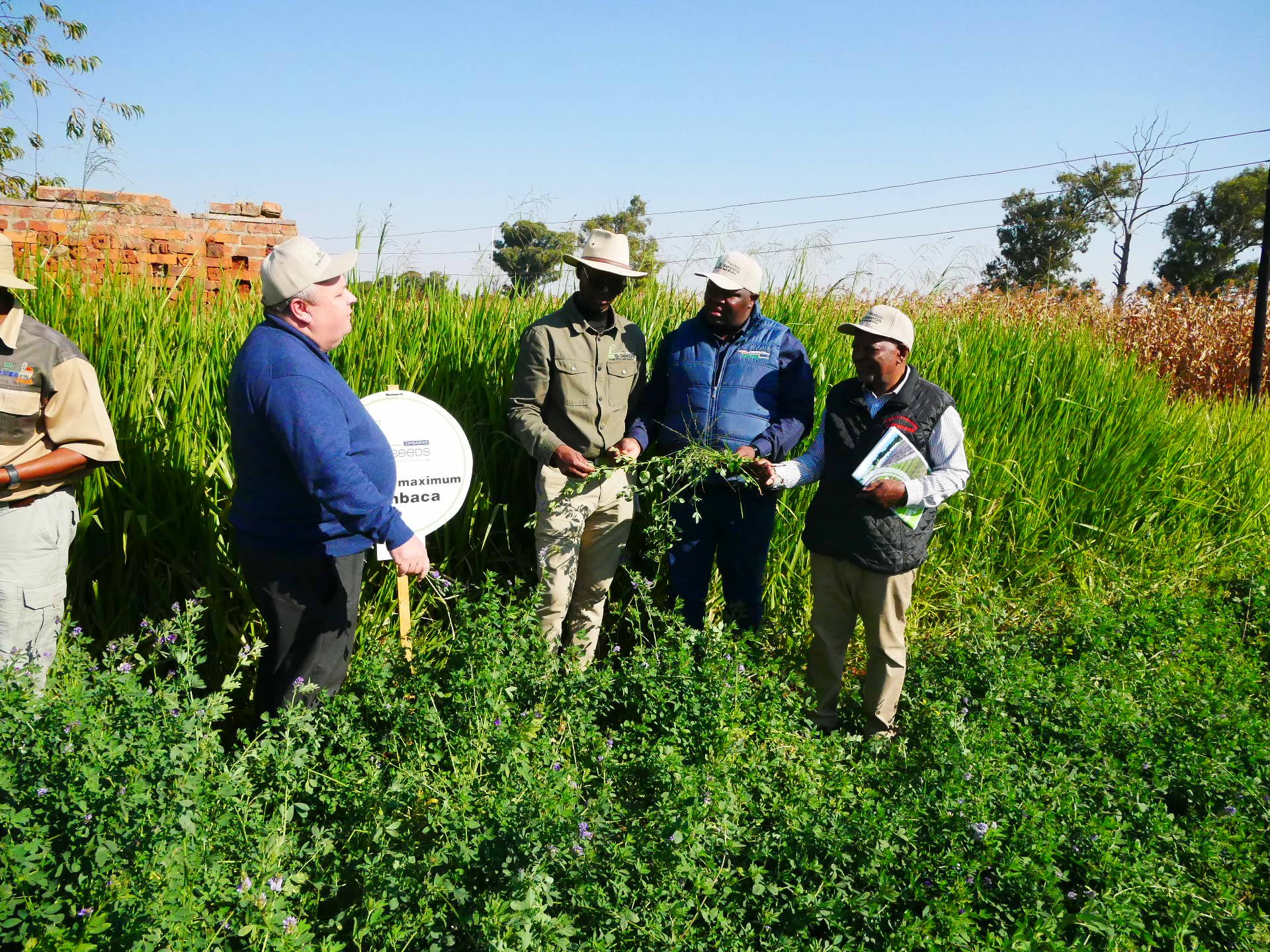Teen pregnancies rising
Share

WOMEN’S rights organisations are advocating for mentorship programmes in communities and
schools to curb teenage pregnancies in the wake of revelations that 21 percent of child births
between 2019 and 2022 were adolescents.
Findings from a new National Assessment on Adolescent Pregnancies in Zimbabwe conducted by the
Centre for Sexual Health and HIV AIDS Research Zimbabwe (CeSHHAR) in conjunction with the
Ministry of Health and Child Care, UNICEF, UNESCO and UNFPA has revealed a worrying trend of
teenage pregnancies from as young as 10 years old, with some of them testing positive for HIV.
It is in this context that women’s rights organisations are calling for more education and mentorship
programmes to empower the girl child.
Executive Director for Women’s Action Group, Edinah Masiyiwa said, “We have noted with concern
that young women have no information around issues of sex and sexuality, they don’t have
information on the consequences of having premarital sex when they are very young. So, it’s
something we are also focusing on, trying to raise awareness on the disadvantages or the
consequences of early sexual debut.”
“What we are also noticing is that there is no fear of getting pregnant as compared to contracting
HIV and I think as a country we should give those messages that we were giving in the early 90s of
HIV and we shouldn’t target the older generation only but we should also include young people.
Parents are also not spending more time with their children,” she added.
Whispers programmes manager, Tendai Chatikobo said, “The main drivers in teen pregnancies is
probably the lack of access to education for most young girls, the lack of access to materials for them
to be occupied with things that will lead to them being empowered. I think we are beginning to see
that a lot of young girls especially in vulnerable communities are struggling. Who is to blame? We
cannot speak of blame as such but we can speak of the circumstances surrounding the happenings.
“We ought to go and analyse these situations and eliminate cases of any violence, cases of poverty
that are driving these young girls to be subjected to activities that lead to pregnancy to try and attain
a way of survival. After we eliminate that, we also try and see how best to capacitate them so that
they can pursue their studies or they can pursue courses that can empower them and to give them
motivation through mentorship.”
According to the report, an estimated 1 706 946 Antenatal Care bookings were made in 1 560
healthcare facilities from 2019-2022 among women of childbearing age.
Of these, 21 percent were among adolescents aged between 10 and 19.
The study found that pregnant and adolescent mothers were found in all geographical locations but
mostly concentrated in rural areas, mining, and farming communities, and were more likely to be
from single-parent households or staying with non-biological parents.
Adolescents either voluntarily engaged in sex or were coerced by their partners while very few were
sexually abused.







